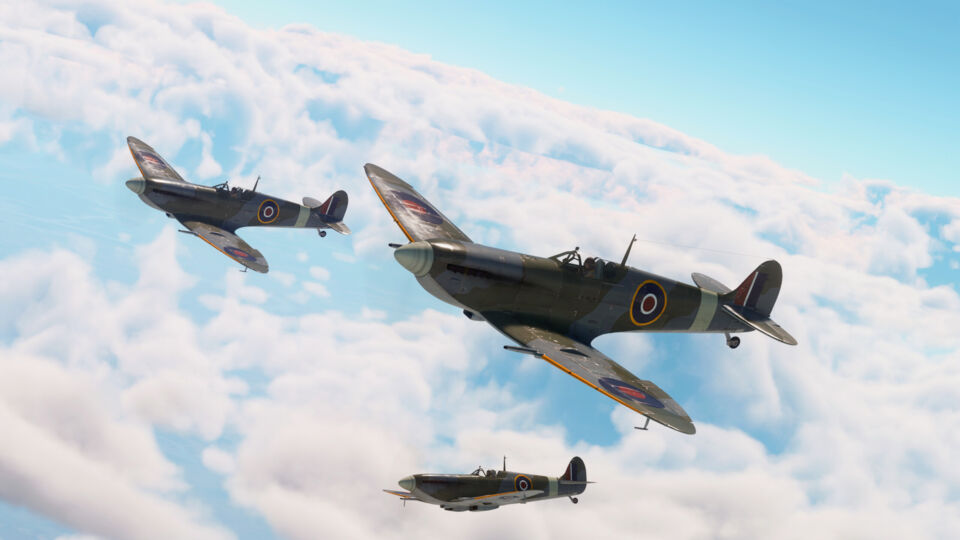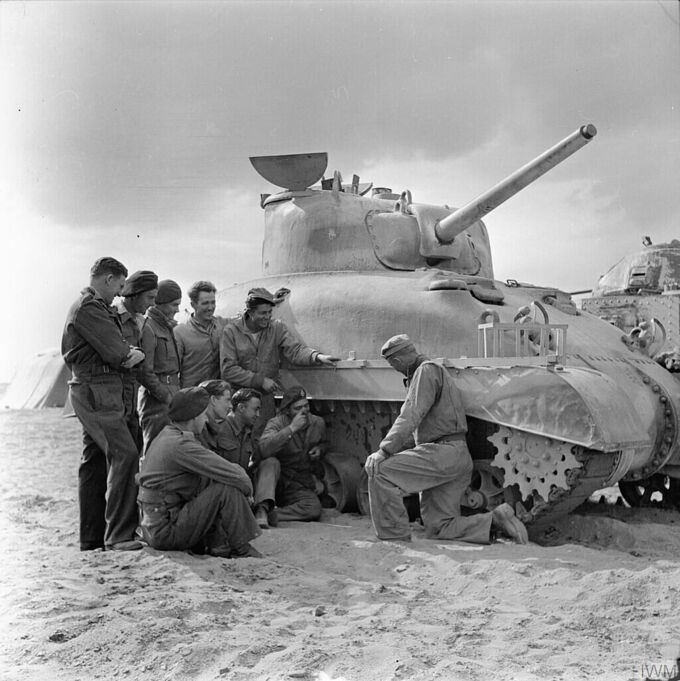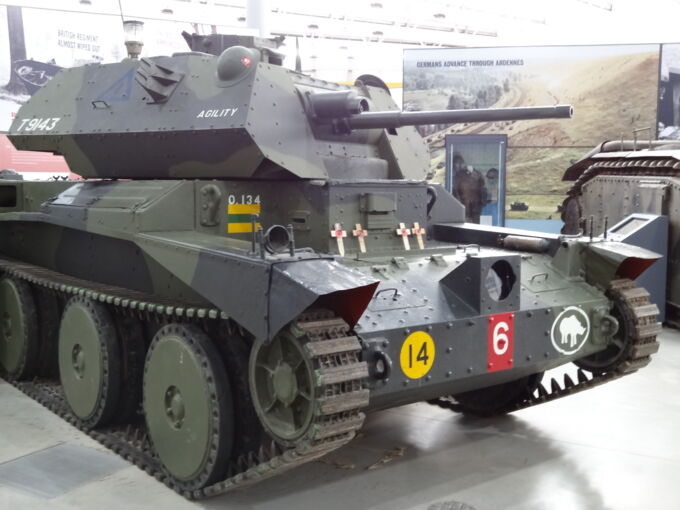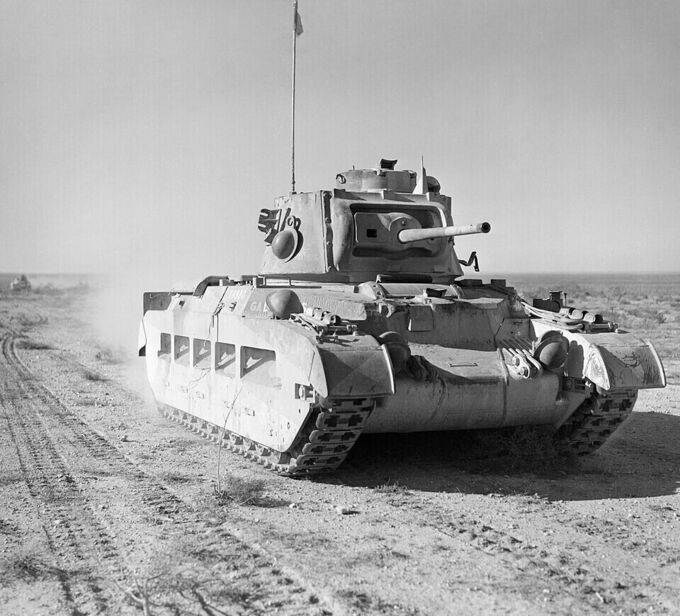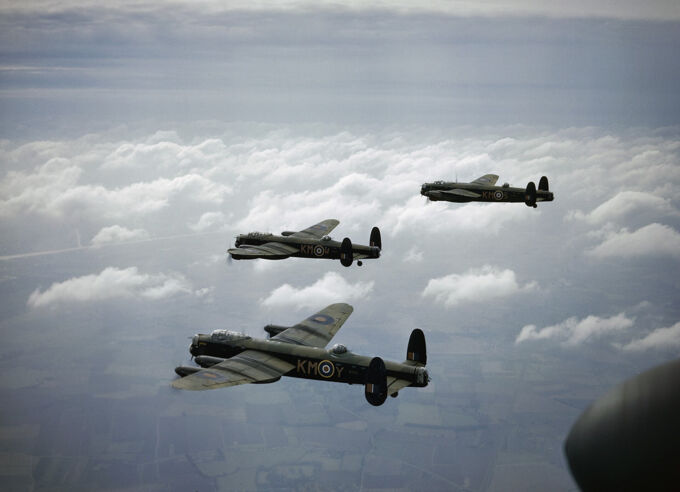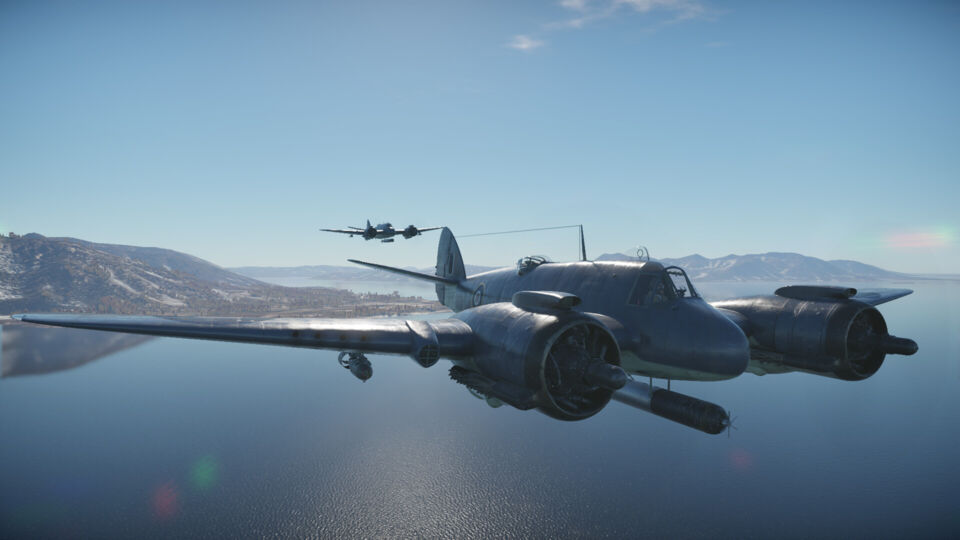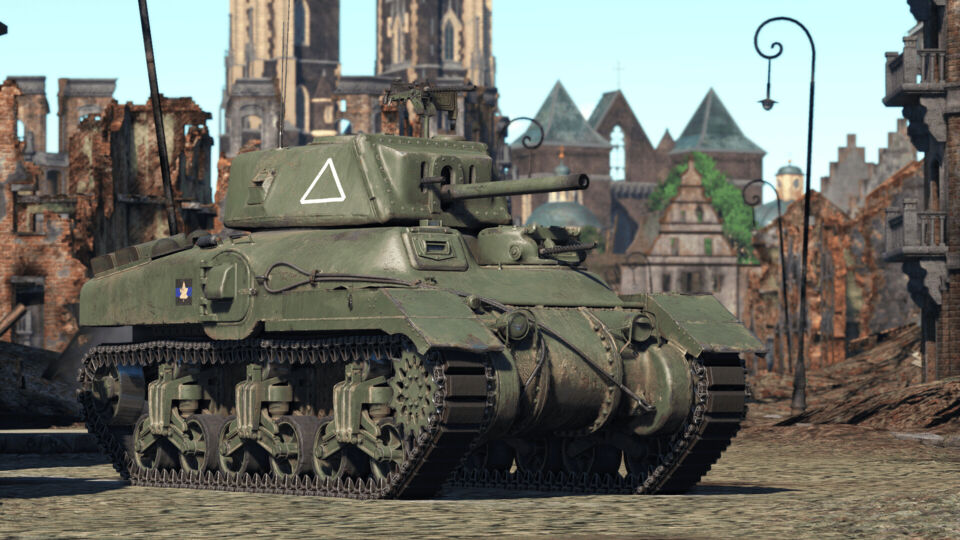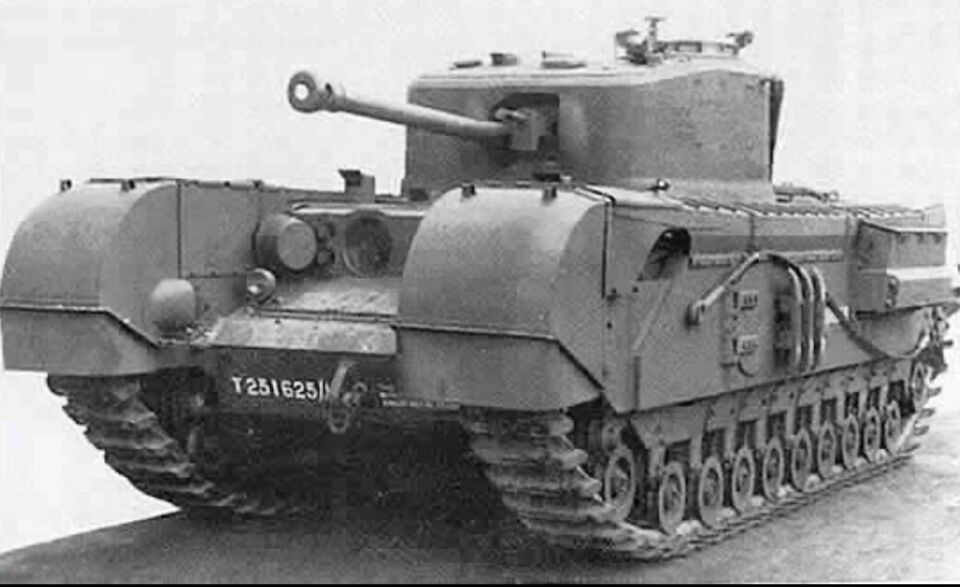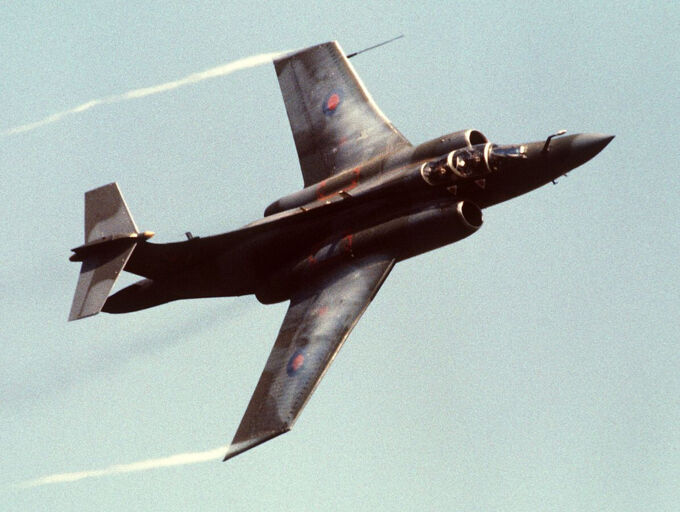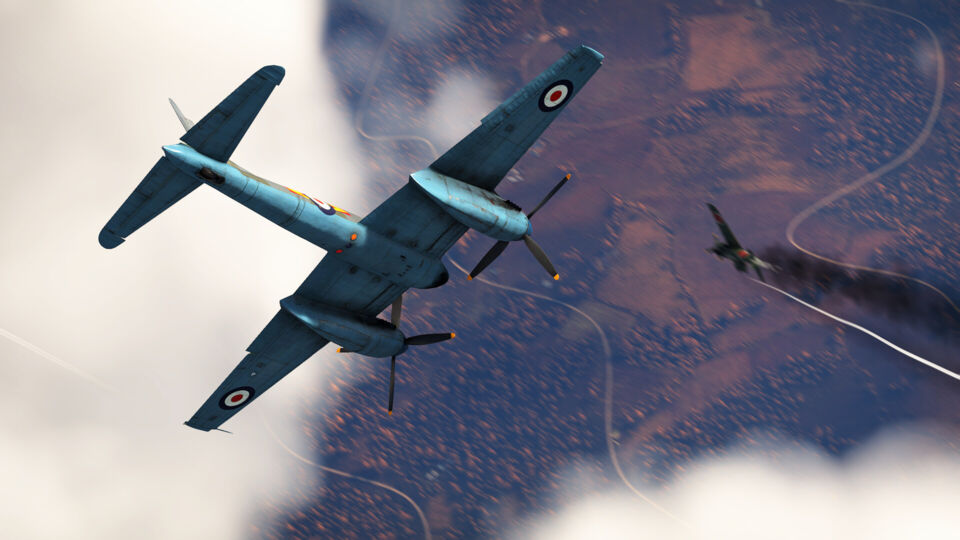#britain
The Supermarine Spitfire is one of the most famous propeller aircraft ever made, and easily one of the best of its time. Initially a high performance, short range interceptor, the Spitfire could be found fighting in every theatre of the World War II. In War Thunder, its high speeds, unparalleled maneuverability, and heavy armament make it a pleasure to fly and a force to be reckoned with. In this article, I will be talking about the two main types of Spitfires, their strengths and weaknesses, as well as tactics, how to fight common enemies, and how to use this plane in battles.
During the Second World War, Britain found itself in a pickle. Domestic factories were unable to produce enough suitable tanks fast enough for the British Army to be able to fight in North Africa and beyond. Similarly, the lessons of the Fall of France, as well as the enormous loss of heavy equipment — albeit somewhat obsolete anyway; meant that the Ministry of Defence was forced to look across the pond to the United States for support.
The A13 series of tanks was a range of similar British cruiser tanks produced just before, and for the first few years of, the Second World War. They adhered almost single-mindedly to the doctrine of speed and mobility above all else, meaning they were quickly outclassed by newer designs on both sides. Despite this they had a strong impact on the development of British tanks for several years and were a mainstay of the British Army’s tank units in the opening years of the war.
If someone mentions bomber aircraft, chances are a lot of people — particularly Britons — will immediately think of the Lancaster. It was so ubiquitous and performed so many unique and famous actions, that it will always be remembered as one of the most successful bomber designs of the Second World War.
The Beaufighter Mk X is a versatile two-seat heavy fighter. Featuring strong armament and decent survivability, it excels in both air-to-air combat and ground attack missions. Its mix of cannons, machine guns, and suspended armament allows it to handle various targets, while its solid durability gives it an edge in prolonged engagements.
The M4A5, or the Ram II is a premium medium tank for the USA and Great Britain. It is a odd mixture of several Allied tanks like the M3 Lee and the M4 Sherman and despite not being particularly used during WWII, it remains a good all-rounder tank for both the US and British techtree or someone wanting to grind either.
The Churchill or A22 was a British heavy infantry tank named after British Prime Minister Winston Churchill. It was used by Allied troops during World War II from 1942 onward and, in small numbers, by the Soviet Union. The vehicle remained in use until the Korean War. A total of more than 5,640 units were produced in various versions and modifications.
The Blackburn Buccaneer was a British carrier-borne, high-speed, low-level strike aircraft, designed by Blackburn Aircraft in the 1950s for the Royal Navy in response to the USSR’s Sverdlov-class ships. 209 planes and 2 prototypes were ever created.
The Hornet is a British single-seat two-engine heavy fighter developed by de Havilland as a successor to the iconic Mosquito. Entering service in 1946, it had outstanding performance for a piston-engine aircraft. However, it was too late to fight in WW2 and was doomed to be outclassed by jet-powered fighters in the new era of aviation. Nevertheless, the plane participated in the so-called Malayan Emergency as a ground striker. In this article, we will look at the Hornet’s characteristics, playstyle, and how to use it properly.
